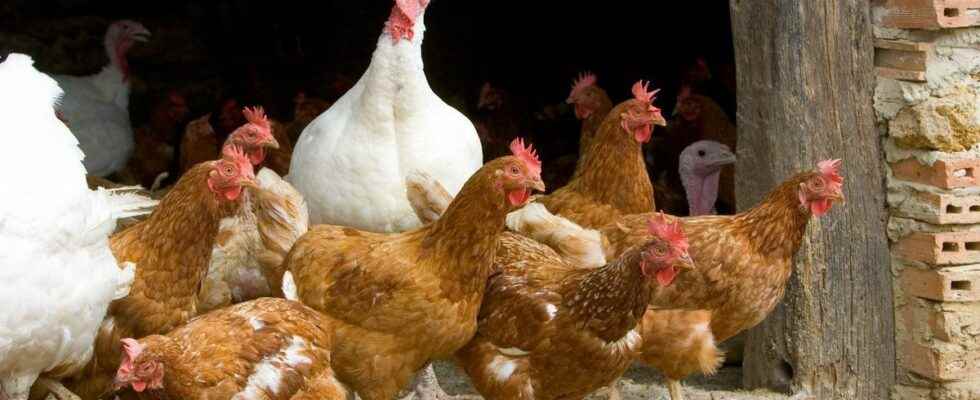Published on
Updated
Reading 2 mins.
While avian flu is raging in France and poultry abounds in our supermarkets, a question arises: is it dangerous to eat chicken, turkey or even capon? Doctissimo takes stock.
According to Dominique Schelcher, the general manager of System U interviewed on BFMTV this Tuesday, December 13, around 20 to 25 million poultry have been slaughtered this year because of the avian flu epidemic. So what are the risks for consumers?
Highly monitored sectors
According to the authorities, there is no proof of the contamination of human beings by the bird flu following the consumption of poultry or eggs.
And this, for several reasons: on the one hand, the sector is extremely monitored – the poultry present at the slaughter undergo a veterinary inspection before and after their death in order to remove sick animals from the food chain.
The virus disappears when cooked
What if poultry managed to slip through the mesh? Again, the risk is almost zero? The avian influenza virus disappears when cooked and is not transmitted through food but only through the respiratory route. In December 2015, ANSES ruled on the risks associated with another avian flu virus and confirmed the absence of danger for humans.
“Conventional cooking, greater than or equal to 70ºC in all parts of the food, inactivates it (clear cooking juices and no visible pink flesh). Well-cooked poultry can therefore be eaten without danger.“, says the International Network of Food Safety Authorities (World Health Organization).
Thus, the avian influenza currently present on national territory is not transmissible to humans through the consumption of meat, eggs, foie gras and more generally any food product.
In addition, hens with avian flu die quickly on farms – without laying eggs. The risks of potential contamination via the eggs are therefore extremely slim.
A virus present in the respiratory and digestive tracts of infected birds, not in the flesh
Another important point to remember: the virus is mainly present in the respiratory tract and the gastrointestinal system of infected birds, and not in the flesh.
In summary, unless you live permanently among contaminated poultry and breathe contaminated air, the risk of transmission is almost zero. Only breeders and professionals in the sector must follow certain safety rules, especially when handling dead animals.
So there is nothing to worry about for these end-of-year celebrations!
